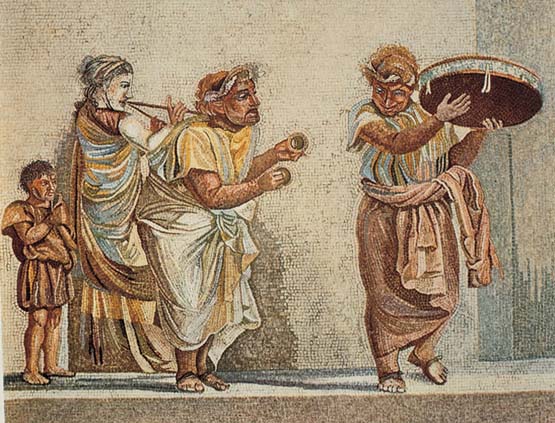
The origin of mime drama in the West is found in the ancient Greek theater, in the festivals of the god Dionysus and the fundamental thing was the body language that was the main instrument. Because he was the god of wine, he provoked releases and the drama became more mischievous and lascivious.
The word mime is originally from Greece and it means to imitate. Dramatic body mime tries to introduce the drama into the body, it must apply the physical movements to the principles that are at the heart of the drama.
Mime was a popular dramatic form of Greek origin, with a realistic and satirical character. This art appeared in the XNUMXth century BC in SIRACUSA (It was the most important Greek city in Sicily, located on the east coast of the island, between Catania and Cape Pachynus) with Sofhrón.
Mime companies were very popular and considered in Ancient Greece and later in Rome.
In the great Greek and Roman open-air theaters the characters of
Harlequin, Pierrot and Colombina. Mime influenced and helped shape ancient Greek comedy. Later the word became more important than the gestures.
In the XNUMXst century BC mime became almost a literary genre.
With the rise of Christianity, mime declined and spread throughout Europe, being able to survive in squares and other public places.
In the XNUMXth century AD the church excommunicated mime companies for satires on the sacraments.
For a mimic expression to be complete, it requires attitude, handling of the physiognomy, of the gesture, complemented with makeup and clothing.
Currently the best mime was Marcel Marceau (1923-2007).